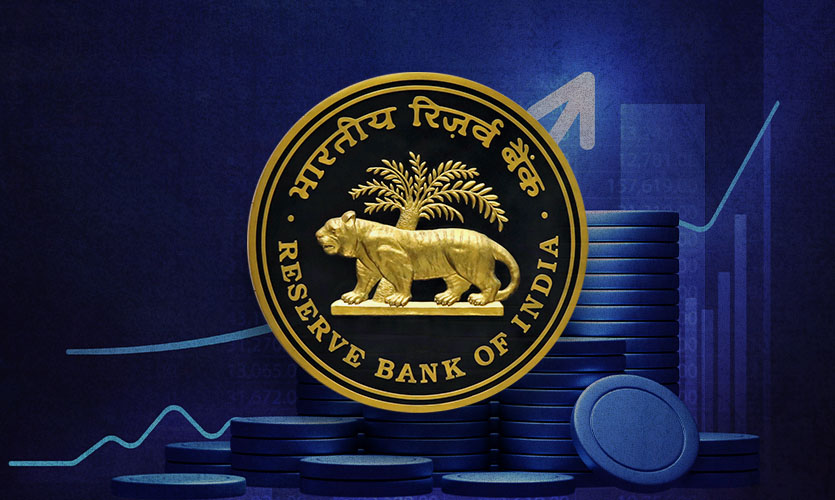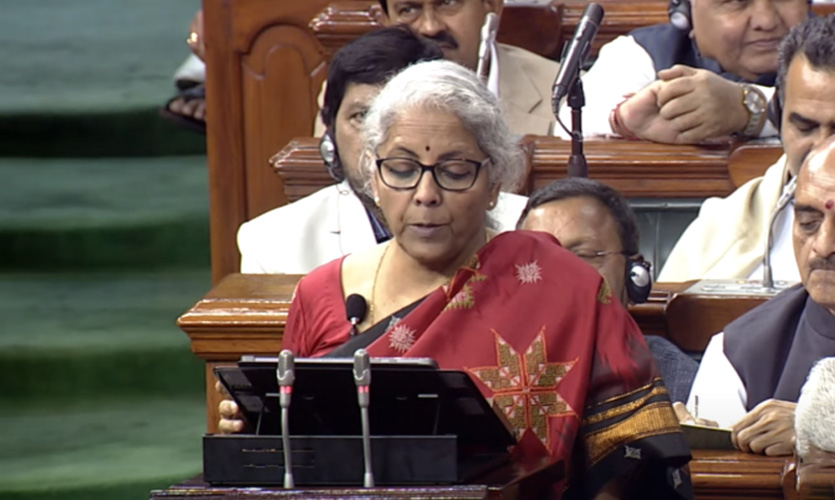The Reserve Bank of India’s (RBI’s) Monetary Policy Committee made a series of announcements today, for the upcoming fiscal year starting April 1.
Repo Rate Increased, Core Inflation To Remain High
Of the many changes, the repo rate was increased by 25 basis points to 6.50 percent by the apex bank, after four committee members voted in favour of the rise and two voted against. This is the sixth increase in the repo rate since May 2022. The forecast inflation rate is 6.5 percent for this fiscal year, and is anticipated to average 5.6 percent from January through March of FY23. Inflation is estimated to be 5.3 percent for FY24. According to RBI Governor Shaktikanta Das, the Monetary Policy Committee (MPC) made the decision to keep its “withdrawal of accommodation” posture in order to sustain development, while ensuring that inflation stays within the goal of moving ahead.
Real GDP growth for the 2024 fiscal year is projected at 6.4 percent, while for the period of April to March, it is 7.8 percent. Das said that the current account deficit (CAD) would start to decline in the second half of 2022-2023. However, he stated that additional deliberate policy action was necessary because core inflation remained high. “The stickiness of core or underlying inflation is a matter of concern. We need to see a decisive moderation in inflation,” he said.
According to the chief of the apex bank, banks would be able to borrow and lend government bonds. “We propose to permit lending and borrowing of g-secs (government securities). This will provide investors with an avenue to deploy their idle securities, enhance portfolio returns and facilitate wider participation,” said Das in his address. “This measure will also add depth and liquidity to the g-sec market,” he added.
RBI’s UPI Push
In India, Unified Payments Interface (UPI) has been incredibly popular for retail digital payments. Tuesday marked PhonePe’s debut as India’s first fintech platform to accept payments from abroad. Indian tourists may now use UPI to make payments to international businesses when they are visiting the UAE, Singapore, Mauritius, Nepal, and Bhutan. With the use of this feature, users will have foreign currency withdrawals made from their bank accounts, much like when using an international debit card. According to PhonePe, all foreign retailers with local QR codes in the aforementioned countries are supported.
The usage of UPI for merchant payments (P2M) when “inbound travellers” are present in India is currently being considered. G-20 travellers who arrive at particular foreign airports will be the first to use this service. Das continued by saying that operating instructions would be released soon, and that this facility will be made available at all other ports of entry into the country.
A total of 803 crore UPI transactions were processed in January 2023, an increase of 2.6 percent. As per NPCI data, the network processed 6,752 crore transactions worth Rs 113 crores during 2022-23 fiscal. Last week, the Economic Survey 2022-23 revealed that 52 percent of India’s 8,840 crore digital financial transactions were sent via UPI. Fintech startups and banks that facilitate free UPI transactions also received a smaller allocation from the Union government than last year, disappointing industry stakeholders who had been demanding a significant increase.
QR-based Coin Vending Machines Launched
According to Das, to make it easier for people to get coins, the central bank will use QR code-based coin vending machines (QCVMs) as a trial project. These vending machines will be placed in public locations including train stations, malls, and markets to improve convenience and accessibility. QCVMs are cashless coin machines that only give coins after using UPI to debit the user’s bank account.
In contrast to typical cash-based coin vending machines, the QCVM would do away with the requirement of authenticating and physically presenting bank notes. Customers will also have the choice to withdraw coins from QCVMs in the necessary amounts and denominations. The trial initiative will first be implemented at 19 sites in 12 cities throughout the nation. Guidelines for banks to encourage improved coin distribution using QCVMs would be released based on the lessons learned from the pilot testing.
Climate Risk Regulations And Sustainable Finance Initiatives
The RBI highlighted regulatory actions on climate risk and sustainable finance. The resolution has been taken to create a plan for reducing the negative effects of climate change based on best international practices, according to Das.
He said that on July 27, 2022, a discussion paper on climate risk and sustainable finance was posted on the RBI website for response from the general public. The RBI has decided to publish certain rules for regulated entities after analysing the comments it has received in this respect. Das stated in his virtual speech that the guidelines will be released gradually. Reportedly, the MPC will meet again from April 3-6.










